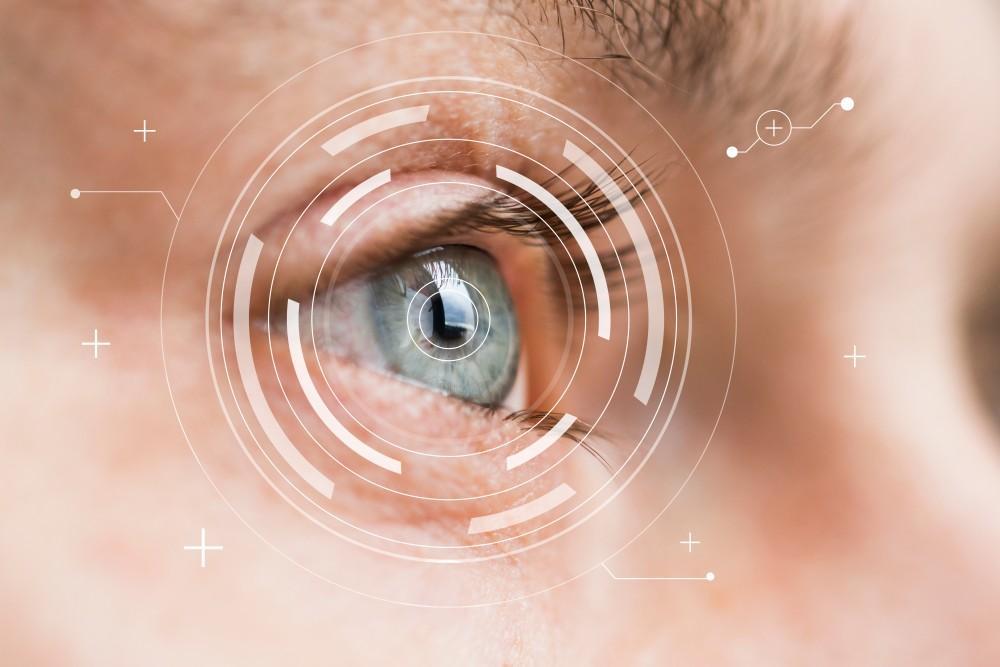
Your Guide to Corneal Mapping

Your cornea should have a specific shape to properly refract light in your eye so you can see well. That’s why corneal irregularities cause problems.
The problem is that because your cornea is transparent and unique to you, it can be challenging to identify problems with your corneas, let alone treat them.
Fortunately, Stephen Khachikian, MD, offers corneal mapping to patients at our office in Rapid City, South Dakota. With this innovative diagnostic tool, he can address cornea problems including keratoconus. In other words, he can use this advanced tool to best understand your corneas so you can get the most precise and targeted treatment possible.
If you’re living with cornea problems, you might be wondering what corneal mapping would mean for you. Here’s a quick guide to help.
Understanding the cornea
Your corneas lay over the frontmost surface of your eye. They’re translucent and curved and their primary purpose is to bend light into your eye, allowing you to see clearly.
It’s no surprise, then, that any cornea problems can seriously impair your vision. For example, keratoconus, a condition that causes your corneas to be cone-shaped rather than rounded, can cause blurry and distorted eyesight. Other cornea problems can make it harder to see at night, cause eye redness, or make it hard to wear contact lenses.
Fortunately, Dr. Khachikian is a corneal surgery expert who has years of experience correcting any corneal irregularities and restoring peoples’ vision. He’s committed to delivering the best results possible and, with that goal in mind, often uses corneal mapping.
Also called corneal topography, this diagnostic tool gives Dr. Khachikian a way to best understand the shape and function of your cornea. He uses it to create a 3D map of your eye, much like a topographic map of a mountain that allows you to see its elevation.
Using corneal mapping
At our office, Dr. Khachikian offers corneal mapping to give you the most accurate diagnosis possible and to prepare the best treatment for your specific eye. Normal corneas are evenly rounded. If your cornea is too flat, angled, or irregular in another way, it can make it hard to see clearly.
With corneal mapping, Dr. Khachikian can precisely identify your corneal irregularity. That way, he can recommend the corneal treatment that will deliver the most ideal results for you with the least downtime possible.
Moreover, he can do all of this with a quick scan of your eye. Using our office’s advanced corneal mapping technology, you just need to sit comfortably and look into our topography camera for a few seconds to complete your corneal mapping.
For the best possible diagnosis and treatment, consider corneal mapping. To have it performed at our office, call us or book your appointment online today.
You Might Also Enjoy...


I’m Not a LASIK Candidate. What About PRK?

Telltale Signs Your Eye Problem Is a Cornea Issue

Why Are Cataracts Common In Seniors?

Can You Prevent Keratoconus From Getting Worse?


